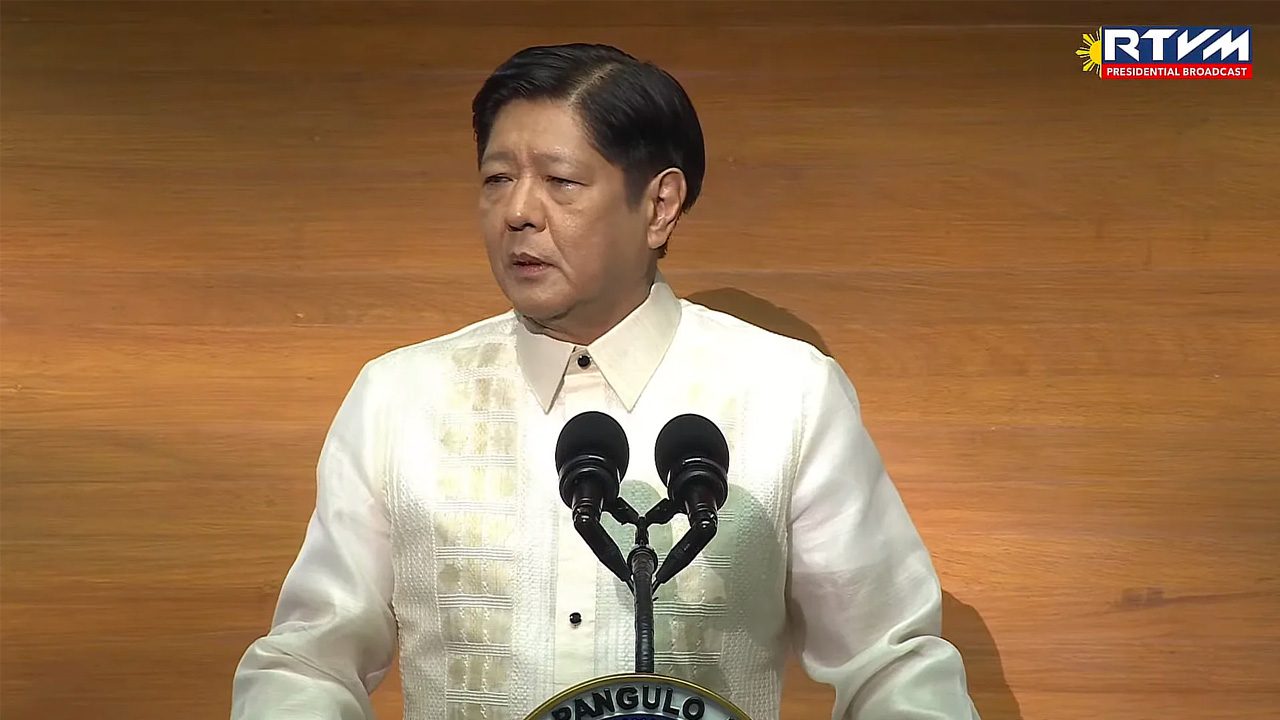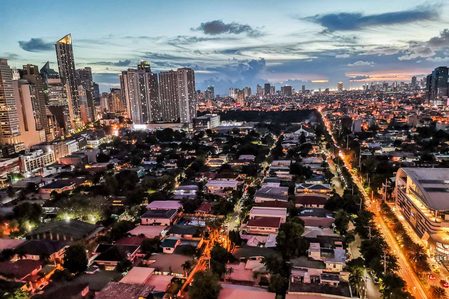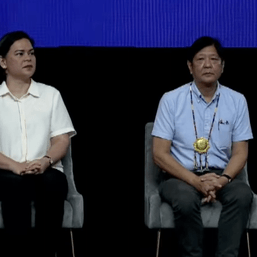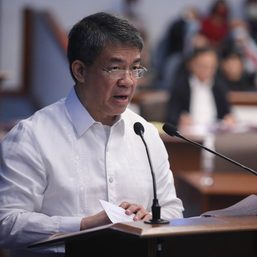SUMMARY
This is AI generated summarization, which may have errors. For context, always refer to the full article.

Claim: The prices of food commodities such as rice, meat, fish, vegetables, and sugar have gone down over the past few months, according to President Ferdinand Marcos Jr.
Rating: Missing Context
Why we fact-checked this: The statement came from Marcos himself during his second State of the Nation Address (SONA) on July 24, where he said: “Sa mga nakalipas na buwan, nakita natin ang pagbaba ng presyo ng bilihin sa iba’t ibang mga sektor. Napatunayan natin na kayang maipababa ang presyo ng bigas, karne, isda, gulay, at asukal.”
(In the past few months, we’ve seen prices of goods go down across various sectors. We have proven that we can lower the price of rice, meat, fish, vegetables, and sugar.)
The bottom line: Since Marcos took office in 2022, the prices of certain food products have either increased or stayed the same, while others have gone down. Some kitchen staples, such as onion and sugar, have experienced sharp spikes in prices and have yet to fully recover.
Prices of food commodities: According to Rappler’s analysis of consumer price index data, the prices of rice, meat, seafood, vegetables, and sugar either increased or remained largely the same from February 2022 to June 2023.
Contrary to Marcos’ campaign promise of rice costing only P20 per kilo, the price of rice has increased. In Balintawak Market, rice is sold from P45 to P55 per kilo, higher than last year’s P38 to P50 per kilo.
The price of meat has also remained high, while prices of fish have dropped slightly but have not gone down to February 2020 level. (READ: [Vantage Point] SONA: Did PBBM cook the books?)
Based on Rappler’s check of food prices in Balintawak Market, as of July 2023, pork is priced at around P250 per kilo while chicken cuts range from P145 to P175 per kilo. Prices of bangus and tilapia have also increased to P160 per kilo and P140 per kilo respectively – around P15 to P18 higher than the prices at the start of 2023, according to vendors in the market.
Data from the Department of Agriculture’s price monitoring also show an increase in prices from June 2022 to July 2023 for other food products such as local red onions (from P90 per kilo to P140 per kilo), cabbage (up from P65 per kilo to P110 per kilo), and carrots (from P80 per kilo to P140 per kilo).
But the same data from DA’s price monitoring also show that there are food products that are cheaper in July 2023 compared to when Marcos started his term such as milkfish (from P160 to P140 per kilo), squash (from P50 to P35 per kilo), and pork liempo (from P390 to P295 per kilo).
Meanwhile, during Marcos’ first year as president, the prices of other kitchen staples skyrocketed: onion prices soared to 500%, selling for as high as P600 per kilo, while prices of sugar and eggs rose 40%.
At the Balintawak Market, garlic prices are currently at P110 to P130 per kilo, onions at P140 to P160 per kilo, and white sugar at P95 per kilo. According to the vendors, only the price of onions has eased over the past months, while the prices of other products have increased due to higher agricultural production costs.
Economic context: During his SONA, Marcos said that inflation – the rate of increase in prices over a given period of time – has “eased” across the country. While correct, this needs to be placed in context. Easing inflation rates does not mean the prices of goods have gone down, but that prices are increasing at a slower rate on a year-to-year basis.
Research and advocacy group IBON Foundation noted that while prices of goods only rose slower recently, the Philippines’ inflation rate is among the highest in Southeast Asia. – Kyle Marcelino/Rappler.com
Kyle Marcelino is a graduate of Rappler’s fact-checking mentorship program. This fact check was reviewed by a member of Rappler’s research team and a senior editor. Learn more about Rappler’s fact-checking mentorship program here.
Keep us aware of suspicious Facebook pages, groups, accounts, websites, articles, or photos in your network by contacting us at factcheck@rappler.com. Let us battle disinformation one Fact Check at a time.
Add a comment
How does this make you feel?





![[In This Economy] Is the Philippines quietly getting richer?](https://www.rappler.com/tachyon/2024/04/20240426-Philippines-quietly-getting-richer.jpg?resize=257%2C257&crop=194px%2C0px%2C720px%2C720px)




There are no comments yet. Add your comment to start the conversation.